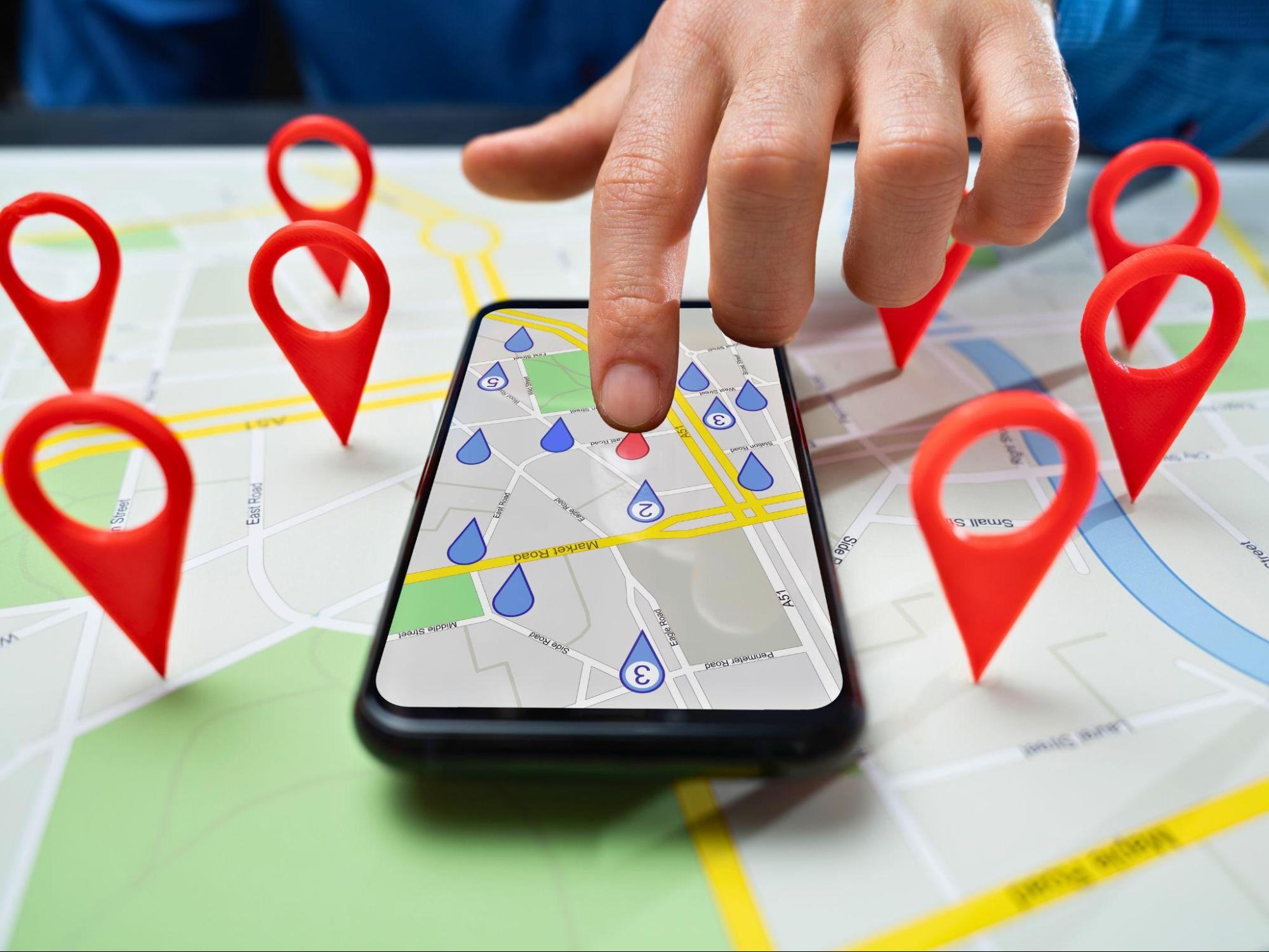Marketing & Branding – What Is the Difference?
Though some may believe that marketing and branding are synonyms, they are different in terms of the goals they focus on and the results they’re meant to achieve. Knowing these differences could set your business apart from your competitors and help you join the likes of Disney and Coca-Cola, which use both strategies to become more successful year after year.
Quick Links
Don’t wait a minute longer — let’s learn about marketing and branding and how they could help your business thrive.
Marketing vs Branding: Defining the Terms
Marketing = Actions You Take to Promote Your Company
Put simply, marketing is everything you do to ensure your business makes enough sales. It covers a large number of promotional tools and actions, such as digital ads, commercials, print ads, branded merchandise and events. The idea behind it is to use strategy in an effort to make a good return, i.e., sales. So, if your marketing strategy isn’t that great, chances are your profits won’t be either.
Not everyone uses the same strategy, or rather, not every marketing strategy makes sense for every business out there. Take, for example, fast-food franchises, like McDonald’s. There’s hardly anything tempting about reading about its specials or ingredients in print. So, the company mostly forgoes that form of advertising. Instead, it opts for visually striking, mouth-watering ads and billboards that make people run to the nearest McDonald’s restaurant.
The same goes for insurance companies, whose marketing strategy doesn’t rely on printed words either. Words, as powerful as they are, aren’t as impactful as, say, a car crash TV ad. These companies want to drive fear through your bones and make you rethink your life while watching what could happen to you if you got into an accident and weren’t insured. Striking and chilling at the same time, the ads work quite well!
Branding = Everything Your Company Stands For
Yes, your company’s name is also your brand name, but that’s not all it stands for. When you think of sports brands, like Nike, what’s the first thing that comes to mind? Perhaps health, fitness, exercise, longevity, or even style?
With good branding, a brand name can become a synonym for the company itself in regard to its whole image. It shows how and what the company sells, how it gives back to its community, and even its demeanour towards its staff and customers.
In essence, branding covers everything and anything your business stands for and depends on your choices and decisions. Unfortunately, that also means it can be both positive and negative.
A good example of branding is everything that Disney does on a daily basis. Disney’s brand is reflected in its movies, toys, stories, and even its theme parks and employees.
For instance, Disney World’s staff aren’t known as employees — they are cast members that act out roles from different stories. The whole idea behind the park is not only to have fun but to experience magical employee-guest interactions. And for that magic to keep going, you cannot break character, even when you’re asked questions you may not know how to answer. For example, as a cast member, you should never say I don’t know but find out the answer. And even if the question is silly, you answer it in a silly way while still in character! All of this lets people have a great time at Disney World. Better still, it reinforces branding at every corner, allowing people to escape into the magical world of Disney and form strong memories.
The Overlap Between Marketing and Branding
In short, marketing is more about grabbing the audience’s attention with everything you’ve got to make more sales. Branding, on the other hand, aims to keep that attention and breed loyalty and further recognition.
Marketing must convey your brand. Incorporate your brand’s identity, look/feel, and key concepts into every piece of marketing. Quality control is often challenging in this aspect; be sure anyone in your company that will be designing and approving ads or printed merchandise adheres to the company’s style guide and brand.
Marketing also overlaps with branding efforts when the goal is not an immediate sale, but sales in the future. For example, promotional products like hats, mugs, notepads with your logo on them, are a blend of both marketing and branding strategies. Gareth Parkin of GoPromotional expands on this overlap: “Certain marketing efforts may be geared to creating ‘brand awareness’, such as giving out canvas bags with your logo at a tradeshow. Your intention is to place the company in front of potential audiences even if you do not expect them to make a purchase at this time. This incorporates branding but is in fact still an indirect marketing effort.” The visibility of your logo or even message on printed bags being carried around the event is powerful, and either increases awareness, reinforces your brand’s identity, or reminds people of your brand.
The brand should be adhered to when deciding which promotional merchandise to utilise. A business with ‘healthy’ as a brand concept would print promotional water bottles instead of jars of candy.
Creating Successful Marketing and Branding Strategies
The thing to remember about marketing is that if the strategy is a success, new buyers may become lifelong customers. However, to do that, you must diversify and tweak your marketing strategy depending on the audience’s needs, wants, and preferences. You have to let your marketing evolve for your business to evolve, too — and yes, that means keeping up with trends, especially on social media.
As for branding, you should always be working on it because it’s a major part of your company’s identity. Through your branding, the audience can see where your values lie, how you handle criticism, your take on advertising, how reliable your products or services are, and so much more. It gives insight into your company as a whole, and not just the part where you’re trying to convince others to buy your products or services. So, it ought to bring you closer to your audience, no matter how big or small it is.
Enhancing your strategies doesn’t come easy, though, especially if you still haven’t jumped on the social media bandwagon or keep relying on the same methods again and again. Think about what staying the same year through year says about your marketing and branding. Marketing-wise, you may seem repetitive; branding-wise, you may seem dull.
So How Could You Enhance Your Strategies?
Luckily, you don’t have to work on your strategies alone. Advertising agencies exist to guide companies to success by creating specialised marketing and branding plans that fit your exact purposes and needs. Since they have years of experience and various resources, they are usually equipped to work with any business out there. And yes, even small companies should consider getting some help from them; time is money, after all, and though the investment may be high at first, it should bring a fantastic return.
That said, know that sometimes, unconventional methods may bring you even more recognition than you expected. Covering all your bases is a great place to start, so work on your SEO, website design, and other traditional tools that put your brand name out there, like promotional products, online ads, etc. However, remember that social media can be another crucial part of your marketing strategy if you use it right.
The Curious Case of Duolingo — And What You Can Learn From It
A fantastic example of using social media for marketing and branding is the language-learning website and mobile app Duolingo. The company holds a fantastic place in SERPs, has a good website, and is generally user-friendly. What sets it apart from its competitors right now is its social media presence, particularly on TikTok.
By introducing Duo the Owl without actually trying to sell its services directly but focusing more on entertainment, Duolingo has won over millions of TikTok users (basically a whole new younger generation!). Through its content that includes sassy comments, trend leveraging and even poking fun at itself, the company has humanised itself and thus dramatically boosted its brand awareness.
And amazingly enough, the company doesn’t limit itself to just marketing or branding on the app. It uses TikTok as both a marketing means by collaborating with other creators and as a branding tool by creating funny content.
Better yet, it leaned into the memes about its menacing reminder emails and adopted a funny, quirky, and sometimes downright unhinged voice. Ultimately, this display of various emotions, reactions, and thoughts gave the business a chance to create a deeper connection with its audience — and judging by the number of followers and views Duolingo’s account has, the strategy is working exceptionally well!
Top 10 Magento 2 SEO Extensions to Boost Your Store’s Visibility
SEO is the key to a successful store! Have you ever given thought, if your store is simply…
0 Comments12 Minutes
How to Optimise Your PPC Campaigns with AI
As the methods of Internet marketing evolve, Pay-Per-Click (PPC) advertising remains one of the…
0 Comments10 Minutes
Putting Cybersecurity Under the Spotlight: How Security Audits Strengthen Your Defenses
While organizations understand the importance of cybersecurity, there is an opportunity for many…
0 Comments12 Minutes
How Marketing Agencies Can Choose the Best High-Performance SEO Tools
High-performance SEO tools combine comprehensive features, durability, speed, and accuracy. They…
0 Comments9 Minutes
Simplify the Running of Your Business With These Tips
Finding enough hours in the day to tackle all the jobs on your to-do list can be a major issue…
0 Comments4 Minutes
Best SEO Practices for Multi-Location Businesses
Businesses operating across multiple locations benefit from unique opportunities but also face…
0 Comments7 Minutes
Unveiling the 7 Essential Components for an Exceptional Website
Even a beginner can identify what makes a good website, but when it comes to building one, things…
0 Comments8 Minutes
Top Blockchain Trends to Watch in 2024
Blockchain has time and again proved its capacity to redefine many sectors and this prediction of…
0 Comments6 Minutes








